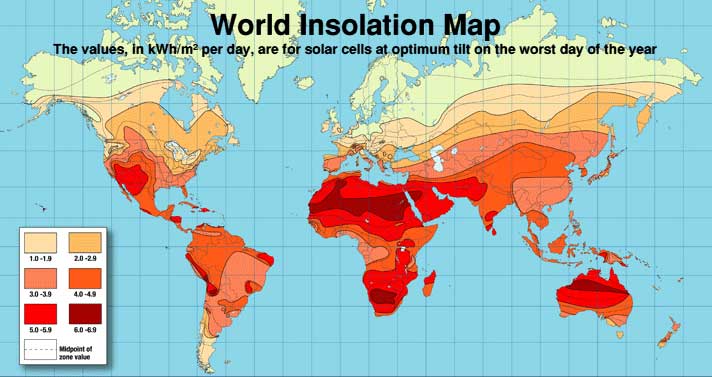
with solar panels (once again) the craze, a lot of discussion goes into whether they are truly efficient and whether they do the environment any good. most solar cells require a lot of energy and materials to manufacture, and many do not produce much energy over the course of their lives. under optimal conditions (in sunny places), polycrystalline silicon panels require 4 years and amorphous silicon panels 3 years to generate as much energy as was required to manufacture them, so they can be expected to generate five times as much energy as went into making them over the course of a 20-year life. BUT under sub-optimal conditions they fare significantly worse: in less-than-direct light or cloudy climates the cells can produce very little energy, significantly extending their payback times. this is especially true when they are installed in places where an electricity infrastructure already exists. a solar-powered backpack might never pay for itself if it spends most of its time indoors, for example. until now: konarka’s power plastic is a polymer-based photovoltaic that is produced by a printing process using low-footprint materials and works in less-than-ideal light conditions. adding to that it’s extremely lightweight and flexible so it could be built into a vast number of things, even clothing.
